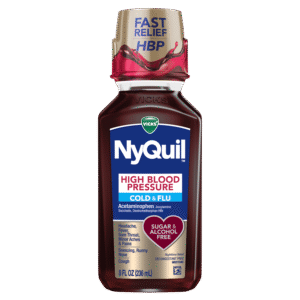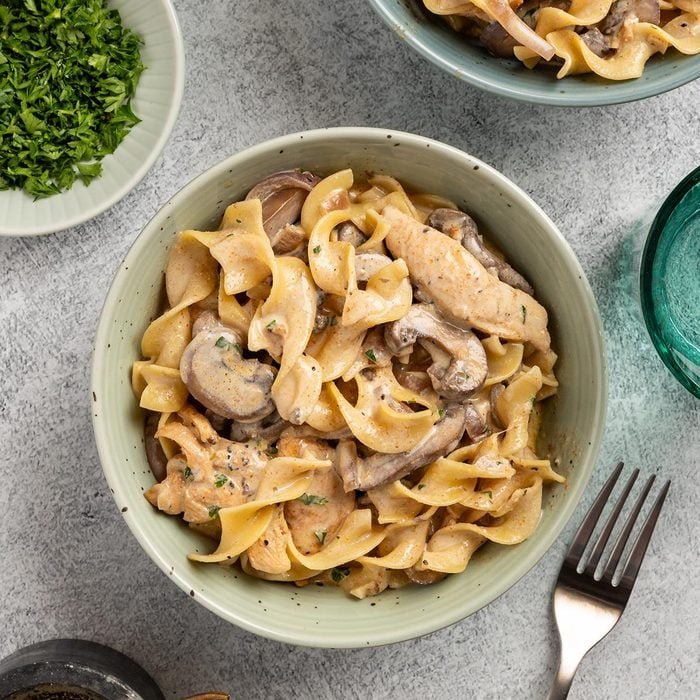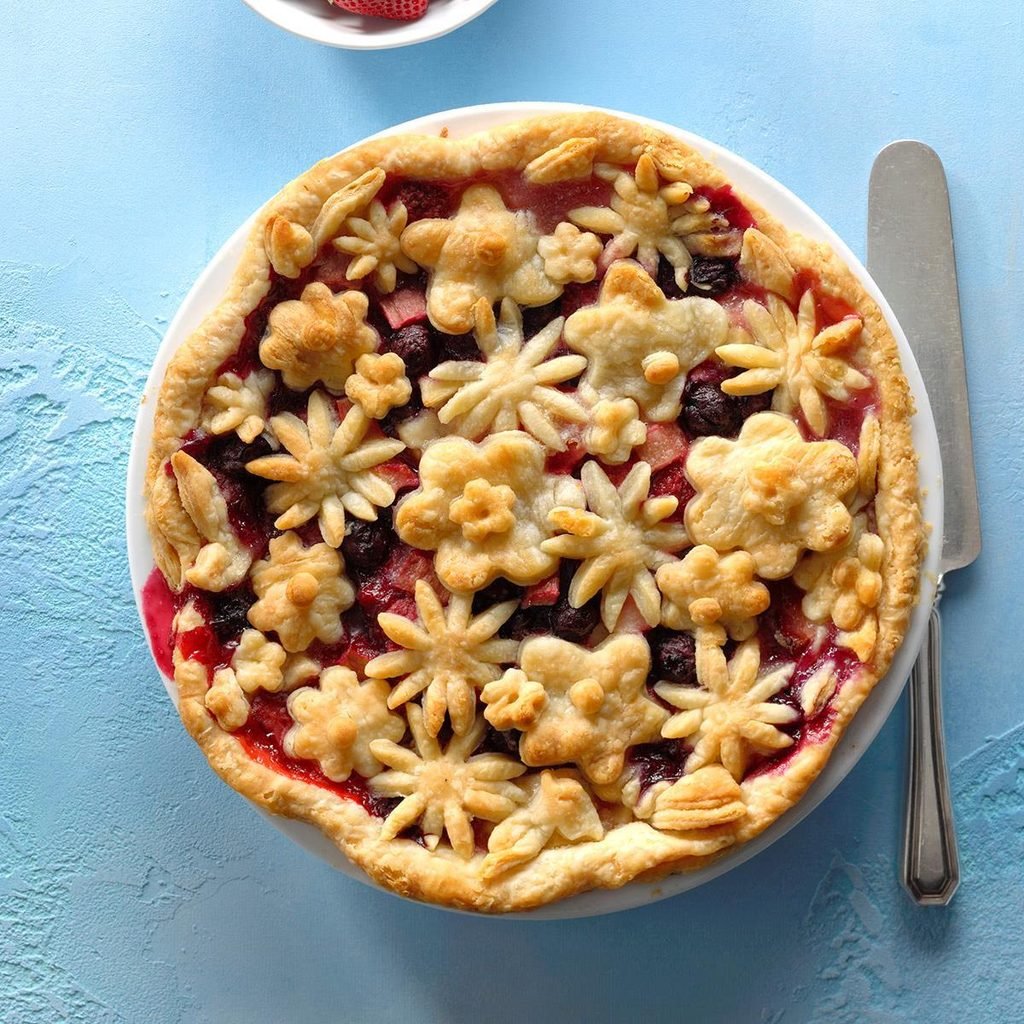Pillar Pain and Other Complications of Carpal Tunnel Surgery
Understanding Carpal Tunnel Surgery and Its Potential Complications
Carpal tunnel syndrome occurs when the median nerve, extending from the forearm to the palm, becomes compressed. Surgery, either traditional open or endoscopic, is a common treatment to relieve this pressure. While effective, both procedures carry potential risks, including pillar pain, numbness, infection, and nerve damage. This article explores these complications in detail to help patients make informed decisions.
Types of Pain After Carpal Tunnel Surgery
Post-surgical pain in the palm can manifest as incision pain or pillar pain, with distinct causes and durations.
Incision Pain
Incision pain is common, particularly after open surgery, and typically subsides within days or weeks. To minimize discomfort:
-
Protect the incision site.
-
Avoid heavy lifting or gripping for several weeks post-surgery.
Pillar Pain
Pillar pain affects the thicker regions of the palm, known as the thenar and hypothenar eminences, where the transverse carpal ligament connects to the carpal bones. This pain, more persistent than incision pain, may last several months. Management strategies include:
-
Resting the hand.
-
Gentle massage.
-
Hand therapy sessions.
Persistent Numbness and Tingling
Some patients experience ongoing numbness or tingling after surgery, which can stem from two primary causes:
-
Incomplete Ligament Release: If the carpal ligament is not fully released, the median nerve may remain compressed, leading to persistent symptoms. This issue is more common in endoscopic procedures.
-
Pre-existing Nerve Damage: Long-term compression before surgery can cause irreversible nerve damage, resulting in lasting numbness or tingling.
An electromyography (EMG) test before surgery can assess the extent of nerve compression, helping predict recovery outcomes.
Risk of Infection
Though rare, infections can occur after both open and endoscopic surgeries. Preventive measures include:
-
Following post-operative care instructions diligently.
-
Keeping the incision site clean and dry.
Antibiotics are not routinely prescribed but can effectively treat infections if they arise. In severe cases, additional surgery may be needed to clean the infected wound.
Nerve Damage Concerns
While uncommon, damage to the median nerve or its branches can occur during surgery, with a slightly higher risk in endoscopic procedures. Symptoms of nerve injury include:
-
Pain or numbness.
-
Weakness in the thumb muscles.
-
Loss of sensation in the palm.
Treatment for Nerve Damage
-
Mild Cases: Minor nerve injuries may heal within three months, aided by physical therapy techniques like electrical stimulation to maintain muscle strength.
-
Severe Cases: If the nerve does not recover, surgical repair may be necessary within six months to prevent permanent damage. Delayed intervention increases the risk of irreversible nerve cell loss.
Recurrence of Carpal Tunnel Syndrome
In approximately 10-15% of cases, symptoms may return after surgery. A second procedure may be considered, but it is often less effective than the initial surgery. Close monitoring and timely intervention are crucial to address recurrent symptoms.
Conclusion
Carpal tunnel surgery is generally safe and effective, but risks such as pillar pain, persistent numbness, infection, nerve damage, and symptom recurrence exist. While these complications are rare, understanding them empowers patients to take proactive steps in their recovery and seek timely medical advice if issues arise.
Frequently Asked Questions
⭐ Expert Tips
- Include seasonal or trendy variations to keep your meals exciting.
- Highlight prep shortcuts or time-saving techniques for busy cooks.
- Consider dietary restrictions and include substitution suggestions.
✅ Key Takeaways
- These dinner ideas are perfect for impressing guests or enjoying special occasions.
- Choose recipes that match your skill level and available kitchen tools.
- Presentation and taste both contribute to a memorable dining experience.
📣 Join Our Community
Want more inspiration like this? Subscribe to our newsletter for weekly dinner ideas and cooking tips!









